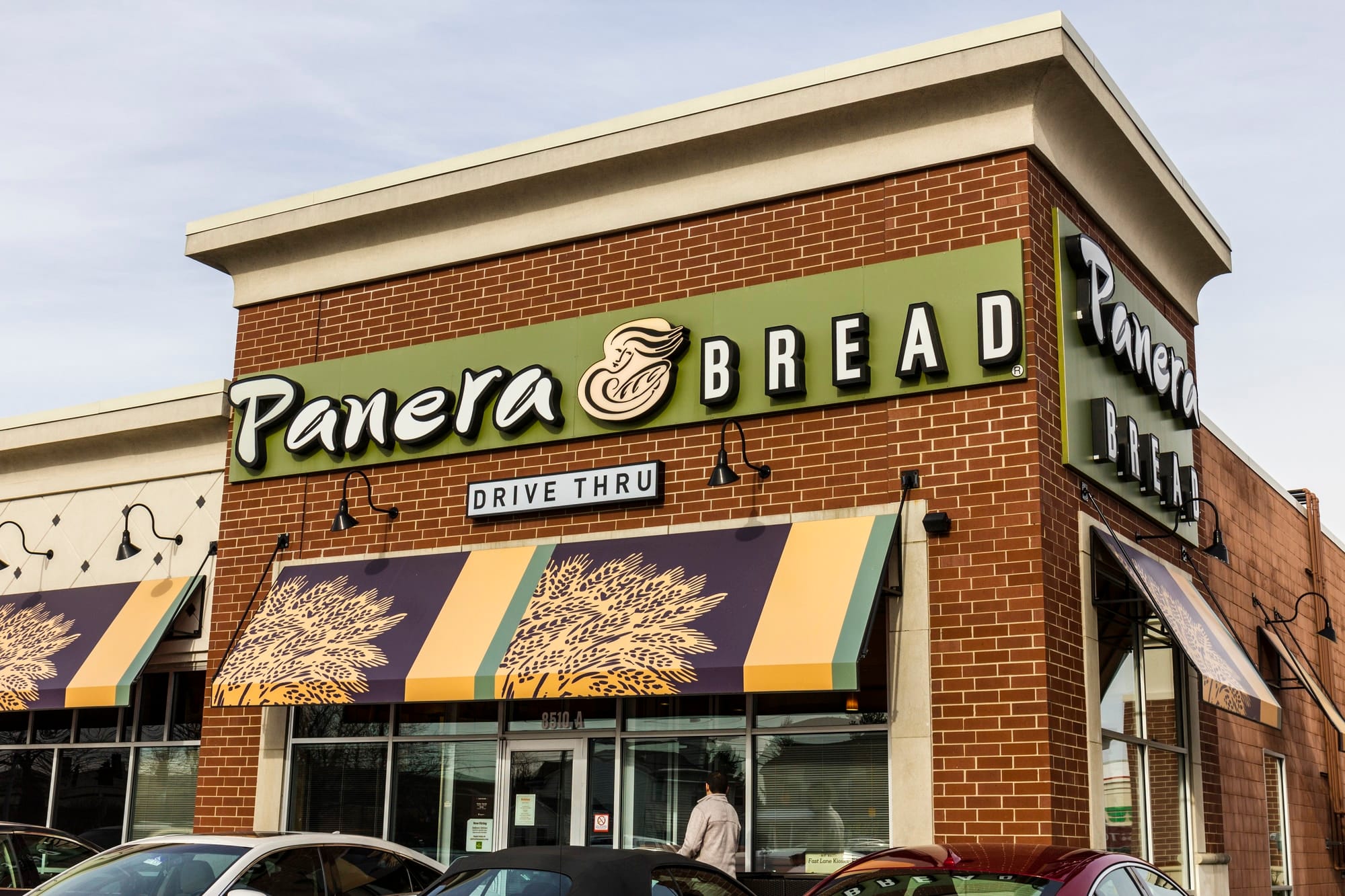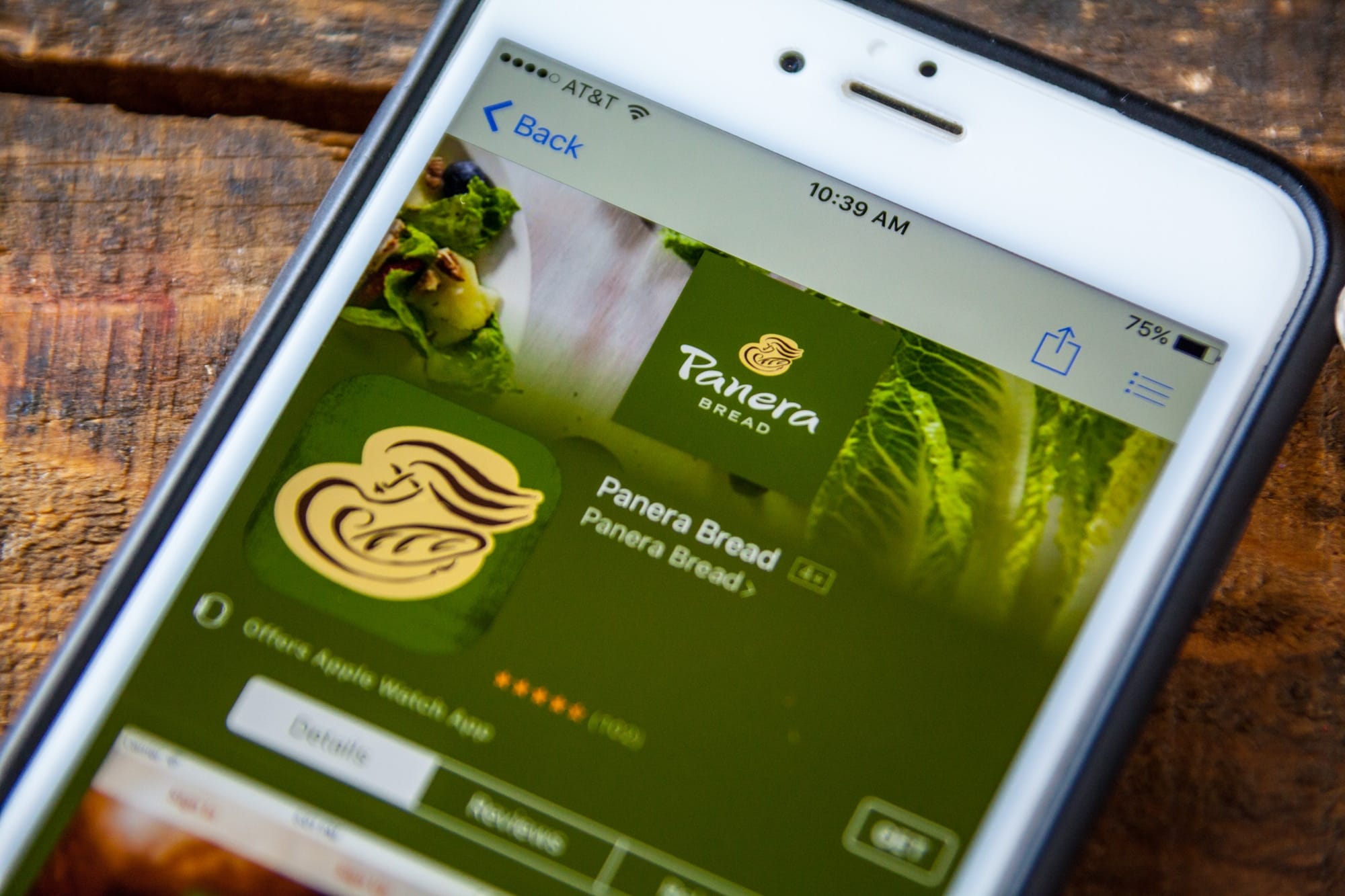There are a few things in this world that surpass bread in terms of inducing happiness. Don’t you instantly feel better after consuming a piece of bread on a bad day? Perhaps this is why Panera Bread is so famous. In the following Panera Bread SWOT Analysis, we will attempt to find out whether or not the brand is successful.
If you belong to the United States of America or Canada, then you probably have a very good idea of what this bread is as it is only sold in these two countries. Keep in mind that Panera doesn’t only sell bread; in fact, it is a café chain classified as a casual restaurant with more than 2000 locations now in both countries.
They have a selection of artisan bread on the menu, along with items like pastries and other baked goods such as croissants, muffins, and scones. They also offer a menu for dining in or take-out with pizzas, Panini, salads, etc., and cold and hot beverages. One can say they have a very well-rounded menu for a bakery.
Headquartered in Sunset Hills, Missouri, it was founded in 1987 by Ken and Linda Rosenthal but back then, it was called The St. Louis Bread Company. The company was then bought by another one called Au Bon Pain in 1993. The new owners then changed the name to what we know it to be today back in 1997. In Latin, Panera means “bread basket,” which makes it the ideal choice for the name.
Panera continued to operate in the United States for a long time before expanding into Canada in 2008. It is impressive that a bakery business has done so well over the years. Breaking the business down into the SWOT template will help in analyzing it in a better way.

Before we move on, SWOT stands for strengths, weaknesses, opportunities, and threats. These four factors help in determining the state of a business, and hence the SWOT is an important tool in decision making.
The strengths and weaknesses form the internal factors, whereas the opportunities and threats form external ones. Internal factors are those under the control of the entity being analyzed and hence can be changed. External factors, however, are completely out of the influential sphere of the entity and occur in an unprecedented manner; they require being adapted to.
Say Panera sells delicious food. This would be a strength for the company because they control the ingredients and recipes and can change them as needed. But if Panera struggles in the market because of competitors, this would be a threat because they can’t just wipe out the competition.
This example explains the difference between internal and external factors of the SWOT table. Now that a basic understanding of SWOT has been developed let’s see where Panera Bread stands.

What are Panera Bread’s biggest Strengths?
Every brand should focus sharply on its strengths because, in any SWOT matrix, these factors are very important. Not only do they help the company in staying afloat, but they can also be developed into core competencies to offer a distinction.
Here are Panera’s most important strengths as a brand.
Fresh Bread
Panera Bread has fresh baked goods prepared each day which typically finish at the end, but if some bread, muffins, baguettes, or bagels are left behind, they are donated through what they call their Day-End Dough-Nation charity.
For a bakery, it is very important to have fresh food prepared daily because stale bread is not welcome. Considering how far spread the chains of this business are, it is very impressive for them to have this policy.
Diverse Menu
They are not just a bakery; they also sell fast food at their chains. So basically, they offer baked goods, breakfast, lunch, and dinner options.
This makes it easy for the brand to target many people because, eventually, people will have to eat something. They also have plant-based food for vegans and vegetarians too.
Tech Oriented
Typically you would not associate a bakery with being very involved with tech innovations as the business models are generally very simple. Panera, however, has remained relevant in the States and North America because of its usage and incorporation of technology.
They invested in “contactless” payments where customers are not required to hand over cash at counters physically. All they have to do is simply visit the kiosk at the store and pay using their smartphone.
They introduced “Panera 2.0,” which essentially is an integrative system to digitalize the processes of ordering, payments, and consumption.
Customized Service
One of the biggest strengths of Panera as a brand is that they listen to the customer. Whatever the customer wants, the customer will get at this joint.
They are excellent with their research into market trends and demands, which is why they want to offer nothing but the best. They introduced the option to deliver food to people who don’t want to come in-store when most of their competitors don’t do the same beyond the urban vicinity.
They also have a brilliant loyalty program that they call “MyPanera,” which essentially customizes the loyalty points so that people are only offered relevant and enticing rewards. How cool is that?

What are Panera Bread’s Biggest Weaknesses?
Alas, we must go towards the dreaded part of the SWOT template now. Weaknesses are always present despite the amount and magnitude of strengths. In order to not get overwhelmed, it is important to be able to identify them so that solutions can be sought. Here are Panera Bread’s weaknesses.
Food Range
Granted, the menu does serve as a strength because there are options for all meals of the day. However, these options all revolve around baked goods.
They offer fast food, which is casual. There are only so many days when a person would want a quick bite to eat. This keeps many people trying to find the restaurant experience away from Panera Bread.
Lack of Internationalisation
As mentioned in the article's introduction, Panera is only found in the USA and Canada. There are so many fast-food chains that have an international presence, if not a global one.
Considering that Panera Bread has been around for more than three decades, they should have stepped into newer regions to expand the business.
Lawsuits
Unfortunately, Panera Bread has been entangled in a couple of serious lawsuits over the years. In 2020 Covelli Enterprises, which is a franchisee of 300 Panera Bread stores, had to pay $4.6 million because they got sued by managers working at the restaurants for allegedly not paying the employees for overtime.
The Fair Labour Standards Act clearly mentions what underlying conditions must be met for an employee to be exempted from overtime. Allegedly Panera Bread didn’t accurately record the employees’ type of work, so even the ones that qualified for overtime didn’t get it.
The same franchisee also faced another lawsuit when one of their employees sued Panera Bread for racial discrimination. This is a very big weakness for the company because sooner or later, one of these lawsuits might drive the business to the ground.
Food isn’t Prepared at the Restaurant
Although they market themselves to sell only fresh and healthy food, it isn’t as simple. Whereas the bread, bagels, etc. are baked on-site, that is true, the dough used for the products isn’t exactly fresh. It comes from other locations.
Most of the other food items, apart from the basic bread and bagels, aren’t cooked or baked on-site. Though it is very common for fast food chains to do this, it kind of puts a question mark on Panera Bread’s credibility when they claim otherwise.
What are the Biggest Opportunities for Panera?
As long as a business can identify its opportunities, it will prevail through its weaknesses. Here are some good ones for Panera Bread.
Expansion
They can remedy one big weakness by working on expansion strategies. Even if they don’t want to target the global scale, they should think of venturing out into the regions around the USA.
Europe would be a very interesting region as they have similar eating habits and food cultures as those found in the States. They won’t have to work too hard to make their taste to be accepted.
India also serves as a very huge market where the food scene is extremely diverse and welcoming to new ideas. Panera Bread would be a good fit here.
Menu Options
They can look into offering different cuisines to target a different group of people. They can even think of going for a fine dining experience at certain locations too to show that Panera Bread has it all when it comes to food.
Basically, the idea is to have options on the menu that don’t necessarily classify as fast food.
Business Diversification
They can go into other business ventures as well via mergers or acquisitions. This way, they will have a much more diverse portfolio which will stay afloat even if Panera Bread suffers losses. One idea is to invest in a farm where they can grow their own produce, thereby eliminating the fresh food issue.
All of the ingredients will be organic, fresh, and prepared on-site.
What are the Biggest Threats Looming Over Panera?
Now, these are the factors that can actually cause serious damage if not dealt with proactively. Here are some threats looming over Panera Bread.
Competition
As they classify themselves as a fast food chain which is also a café/bakery, the competition they have as a result is intense. The food industry is saturated as we know it, but Panera Bread has competitors coming from every direction.
Starbucks, Chipotle, McDonald’s, Dunkin’ Donuts, Wendy’s, Tim Hortons, Subway, Chick-Fil-A, Domino’s, etc., are only some of the very notorious examples. Competition is severe in this industry, and if Panera Bread isn’t careful, it can become old news very fast.
Covid-19
Like most businesses of the world, Panera Bread took a hit, too, when Covid-19 was spread out. The CEO of the company stated that within the following weeks after the pandemic hit, they lost a huge chunk of the revenue as the disaster was very unprecedented.
The restaurant industry, in particular, got very severely dismantled by the pandemic because of the global lockdown orders. Panera Bread was no exception in this case. The impact got so bad that Panera had to pivot its business to offering groceries online for consumers.
This is why they must consider venturing into other business forms before another unprecedented disaster strikes!
Panera Bread SWOT Analysis: Final Thoughts
If you have completely read the article to this point, it is a safe assumption to make that you now know of Panera Bread. Moreover, you now understand how a SWOT analysis is conducted. By analyzing Panera Bread using this tool, you can use SWOT for other examples as well.
Though it isn’t the most popular business in terms of notoriety, Panera Bread still has a few impressive feats, especially in the shape of the Panera 2.0 investments; those definitely give them a unique touch.
They have a considerable number of weaknesses, but a few directly translate into opportunities. All they have to do is to take advantage. However, they need to work very seriously on not getting any more lawsuits.
The threats of competition are very real, and the only way to overcome this problem is to make sure Panera Bread stands out and doesn’t get overshadowed. All in all, Panera Bread has been around for 35 years at this point. They do have the chance and the potential to carry out into the future, provided they make the needed changes.









